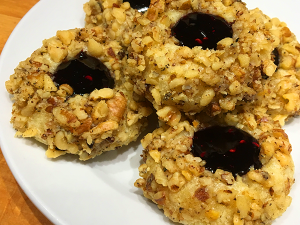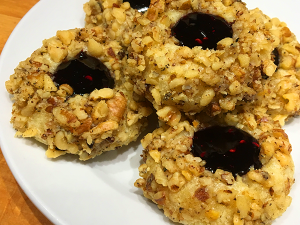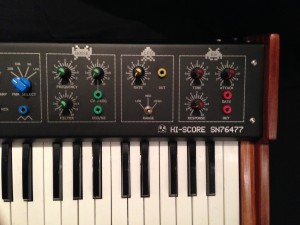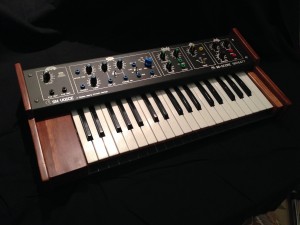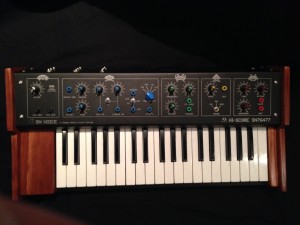Continuing the tradition of rediscovering and reinventing all the cookies that my grandmothers made here’s one of my favorites. She called them ‘biscottines’ which I think really just meant ‘drop cookie’. It’s a classic Italian anise flavored cookie. Simple, light with just a little icing glaze. If you don’t like anise flavoring, they can be adapted to other flavors as well. I sometimes make them with lemon and they’re always a hit. The anise are my favorites but alternate flavors are nice here and there just to mix things up.
Ingredients
- 1/2 cup unsalted butter
- 1/4 cup shortening (Spectrum organic is best but Crisco works fine too)
- 3/4 cup granulated sugar
- 4 eggs
- 3 cups all-purpose flour
- 5 teaspoons baking powder
- 1/2 teaspoons salt
- 1 tablespoons anise extract (can use lemon extract instead)
- 1/2 teaspoon vanilla extract
- 2 cups confectioners sugar
- 1 large organic lemon (only for lemon flavored option)
- zest of above lemon (only for lemon flavored option)
Instructions
- Allow butter to come to room temperature - it should be as soft as the shortening. Cream the butter, shortening and sugar together. Add the eggs, one at a time, beating well after each addition. Mix in the anise extract (or lemon extract for alternate variety). Add the lemon zest if making lemon flavored variety. Mix well. Sift or whisk together flour, baking powder, and salt.
- Add to creamed mixture gradually mixing by hand. If the dough is too sticky to roll in the palm of your hand, add flour until firmer, but it should be very soft. Generally 15oz of flour total is just right.
- Roll dough into small balls (these tend to really puff up with all the baking powder in them!) and place on ungreased cookie sheets. I generally make the balls about 30g each. I weigh the dough and then divide by the number of cookies I want. The 30g size approximates grandma's version and makes about 32 cookies.
- Bake @ 375 degrees for ~10 minutes (the bottom should be lightly browned but the tops should remain light). Remove cookies to wire rack and cool completely before glazing.
- Once cookies have cooled completely, whisk together 2 cups confectioners' sugar, 3 tbsp water, and 1/4 tsp anise extract.* Dip the tops of each cookie into the glaze, and then sprinkle nonpareils over top. Let glaze harden completely before storing.
- *Use 3 tablespoons lemon juice in place of water and substitute equal quantity of lemon extract in place of anise extract.

